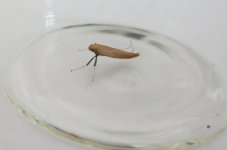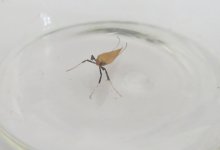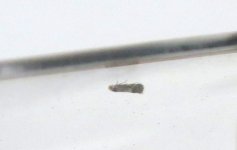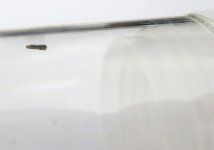InternetMan
Well-known member
Hello!
I've a couple of micros from last night's light trap that I'm trying to identify. Can anyone help?
John Doe #1 looks like one of the Caloptilia species to me, maybe betulicola? FL 6-7mm.
John Doe #2 is all of 2mm long and can even fit in the gap between tube and cap, but it makes it very hard to ID (and photograph). In the absence of a serious macro lens, can anyone suggest what we're looking at? Almost like a massively shrunken Tineid.
All advice gratefully received.
I've a couple of micros from last night's light trap that I'm trying to identify. Can anyone help?
John Doe #1 looks like one of the Caloptilia species to me, maybe betulicola? FL 6-7mm.
John Doe #2 is all of 2mm long and can even fit in the gap between tube and cap, but it makes it very hard to ID (and photograph). In the absence of a serious macro lens, can anyone suggest what we're looking at? Almost like a massively shrunken Tineid.
All advice gratefully received.







